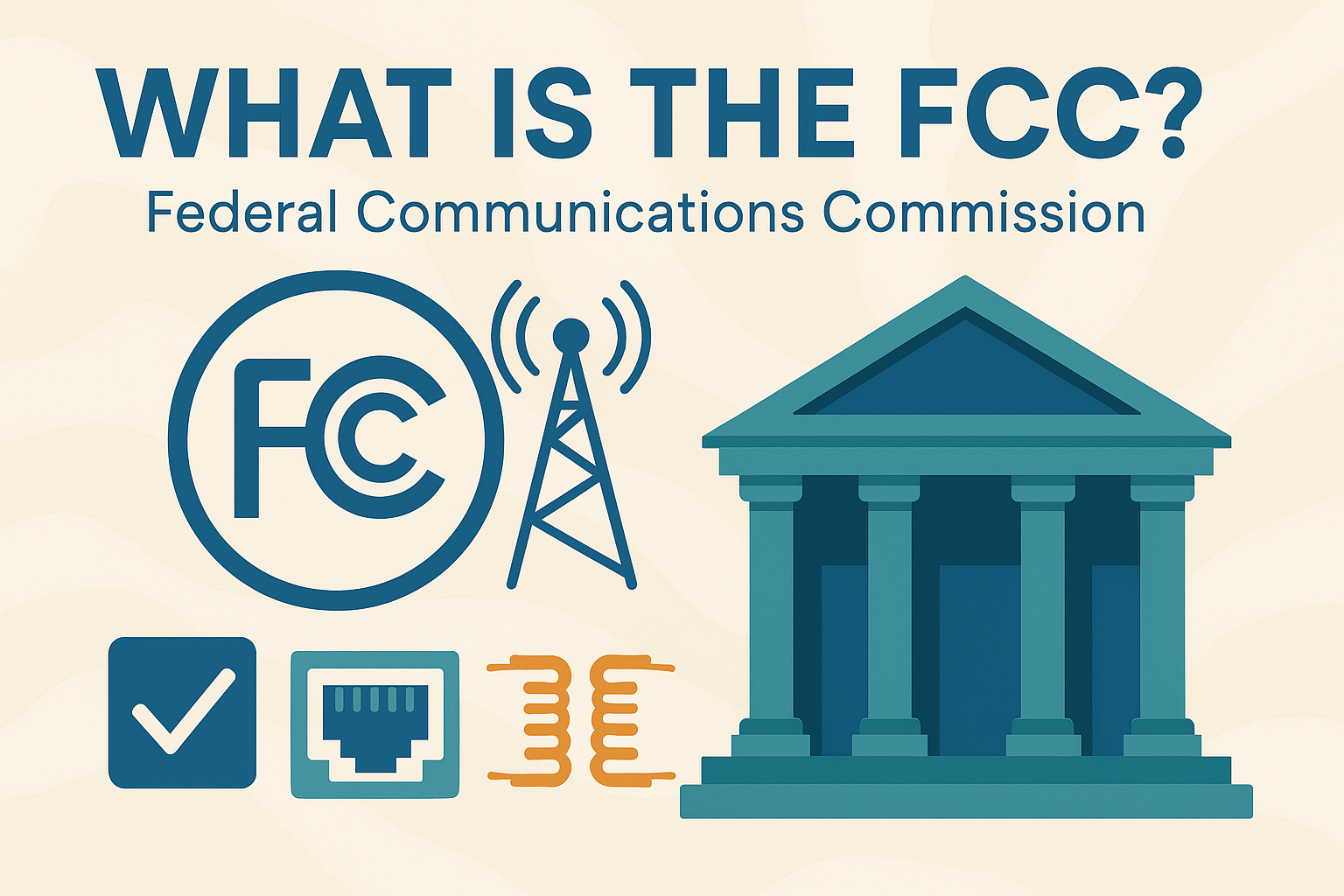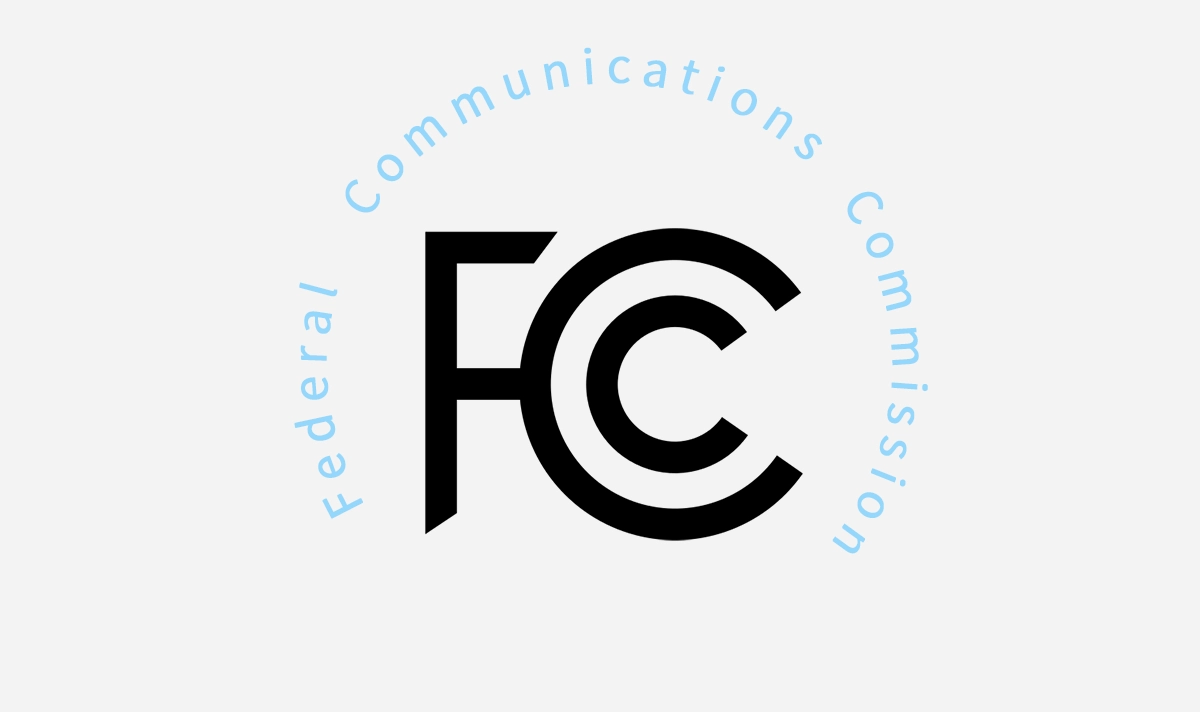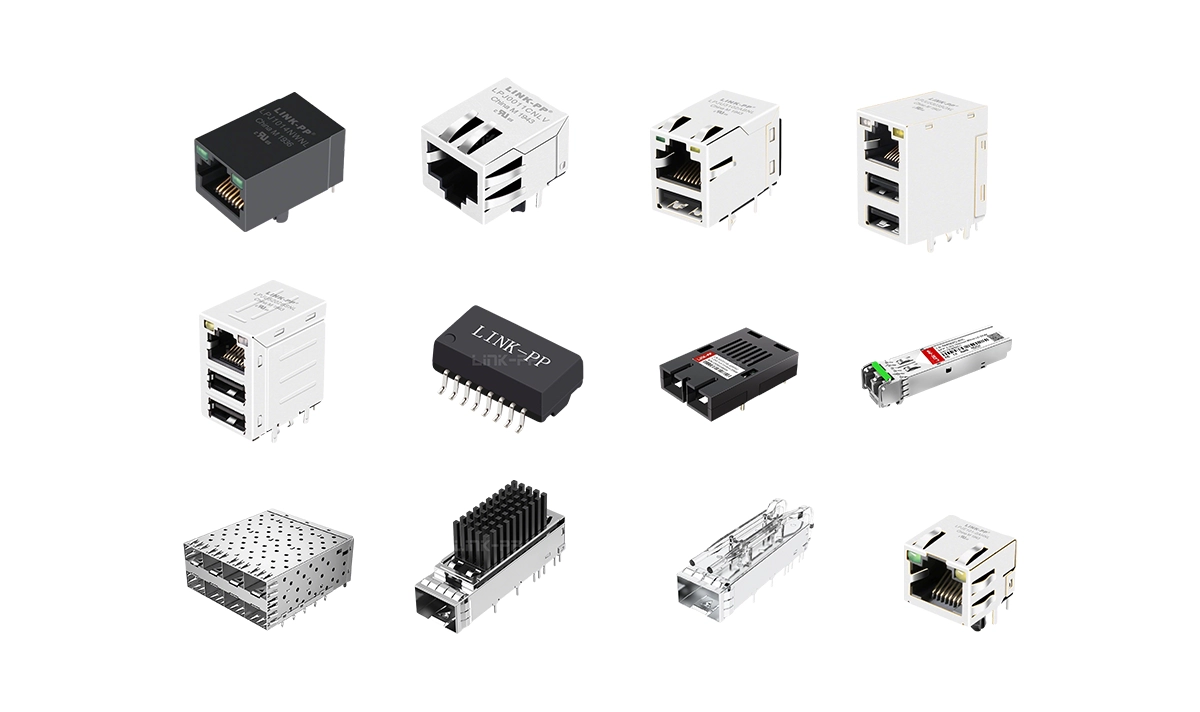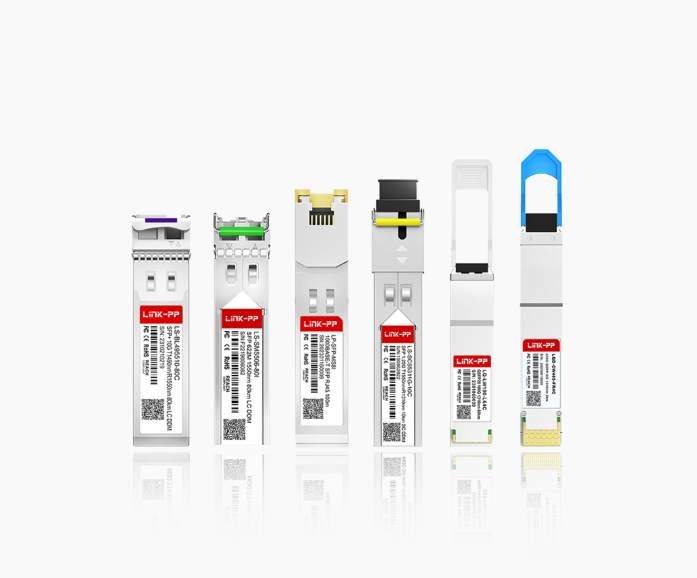
✅ Introduction: What the FCC Does and Why It Matters
The Federal Communications Commission (FCC) is an independent U.S. government agency responsible for regulating interstate and international communications by radio, television, wire, satellite, and cable.
Its main mission is to ensure that electronic and communication devices operate safely and do not cause harmful interference to other equipment or public networks.
For manufacturers and system integrators, understanding the FCC’s requirements is essential before marketing electronic products in the United States. In particular, the FCC’s equipment authorization process ensures that all devices emitting or affected by radio frequency (RF) energy meet electromagnetic compatibility (EMC) standards.
✅ Key FCC Regulations for Networking Products
FCC Part 15 — Radio Frequency Devices and EMC
FCC Part 15 covers electronic products that intentionally or unintentionally radiate RF energy, including Wi-Fi routers, Ethernet switches, PoE devices, and computers.
Part 15 defines emission limits, testing procedures, and labeling rules to minimize electromagnetic interference (EMI).
Even devices without wireless functions—such as Ethernet ports or digital controllers—can fall under Part 15 because they may produce unintentional emissions.
FCC Part 68 — Telephone Terminal Equipment
Part 68 applies to devices that connect directly to the public switched telephone network (PSTN), such as VoIP gateways or analog adapters.
It ensures that connected equipment does not harm the telephone network or disrupt its operation.
✅ FCC Equipment Authorization Process

Before a product can be marketed or sold in the U.S., it must undergo an FCC equipment authorization process, which includes:
Identifying applicable FCC rule parts (e.g., Part 15 or Part 68).
Testing the device at an accredited laboratory for radiated and conducted emissions.
Filing compliance documents with the FCC or a Telecommunication Certification Body (TCB).
Labeling the product and including FCC statements in the user manual.
The authorization path may vary by device type—Certification, Supplier’s Declaration of Conformity (SDoC), or Verification—but all aim to ensure RF safety and EMC compliance.
✅ Do Passive Components Need FCC Certification?
In most cases, passive components such as RJ45 magnetic connectors and LAN transformers do not require direct FCC certification because they do not generate RF emissions.
However, their design directly influences whether the final assembled device can pass FCC testing.
Well-designed passive components can:
Improve common-mode noise suppression;
Enhance signal isolation and integrity;
Help the final product meet FCC EMI/EMC limits.
In other words, even though these components are not certified individually, they play a vital role in the success of FCC testing at the system level.
✅ LINK-PP and FCC Compliance

LINK-PP designs and manufactures RJ45 connectors with integrated magnetics, Ethernet transformer modules, and PoE magnetic components that meet the highest EMC performance standards.
LINK-PP products are engineered to minimize EMI and ensure signal isolation, helping OEM customers’ devices achieve compliance with FCC Part 15 EMC limits during testing.
While LINK-PP components themselves do not require individual FCC certification, their design and electrical performance are optimized to support overall FCC compliance for networking and telecommunications equipment.
This approach allows product developers and integrators to reduce EMI risk, simplify certification, and bring compliant products to market faster.
✅ How to Prepare a Product for FCC Testing
If you’re developing a networking or communication device for the U.S. market, follow these best practices:
Determine applicable FCC rule parts (Part 15, Part 68, or both).
Use EMC-optimized components, such as LINK-PP RJ45 connectors and LAN transformers.
Perform pre-compliance testing to detect EMI issues early.
Partner with an accredited test lab or TCB for certification.
Label and document your product correctly before shipment.
By integrating components designed for EMC stability, you improve the likelihood of passing FCC testing the first time—saving both time and cost.
✅ FAQ
Q1: Do LINK-PP products have FCC certification?
A: Passive components like RJ45 magnetics or transformers do not need separate FCC certification. LINK-PP products are engineered to help complete devices meet FCC EMI limits.
Q2: Which FCC standard applies to Ethernet or PoE devices?
A: Most Ethernet and PoE devices fall under FCC Part 15, which governs radiated and conducted emissions from digital equipment.
Q3: Why is FCC compliance important for global brands?
A: FCC compliance is a prerequisite for legally marketing electronic devices in the U.S. It also demonstrates that a product meets global EMC quality expectations.
✅ Conclusion
The FCC plays a critical role in maintaining communication reliability and preventing interference across all forms of electronic equipment.
For network hardware manufacturers, understanding and meeting FCC requirements is essential for market entry and long-term success.
By using LINK-PP’s EMI-optimized RJ45 connectors, LAN transformers, and PoE magnetic modules, OEMs can design systems that comply with FCC emission limits and achieve faster certification with confidence.




